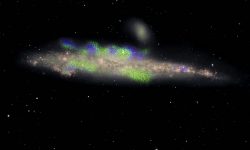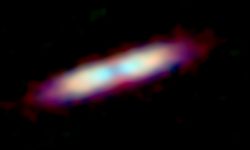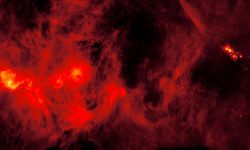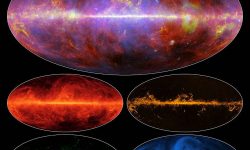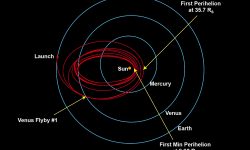Essential Knots

January 3, 2020 In 1966 the U.S. Navy satellite, TRIAD, recorded “disturbances” in Earth’s magnetosphere as it passed over the poles and through the Van Allen Radiation Belts. Vertical electric charges that flow from the Sun into the Earth are known as “field-aligned currents”. In honor of Kristian Birkeland they were…







